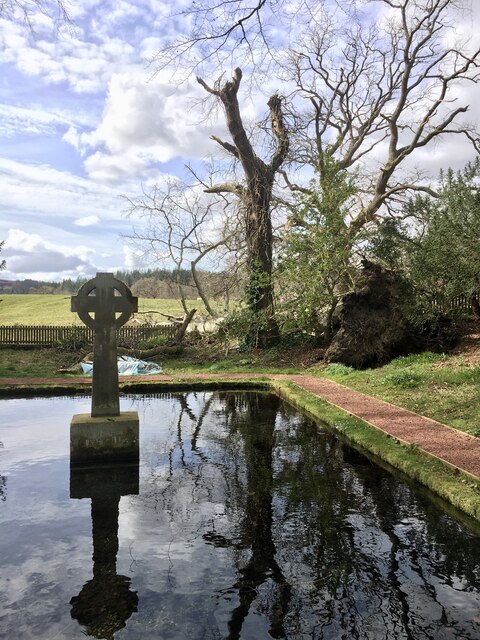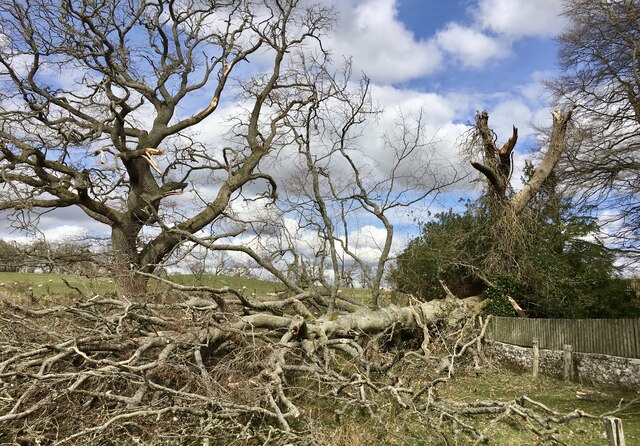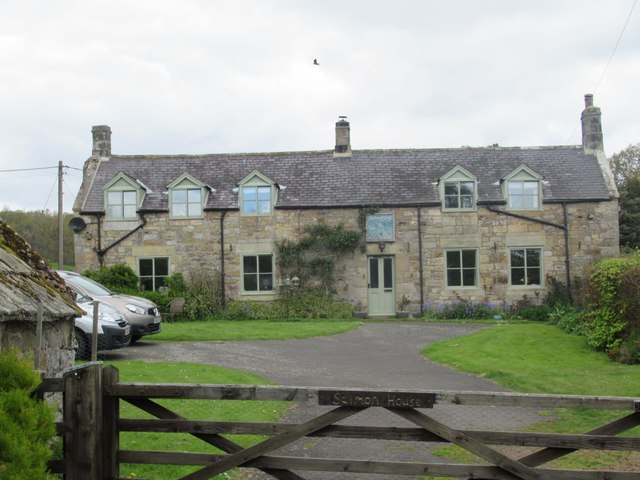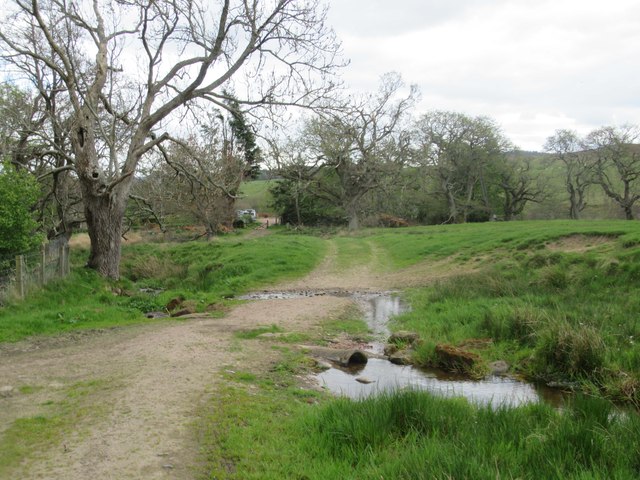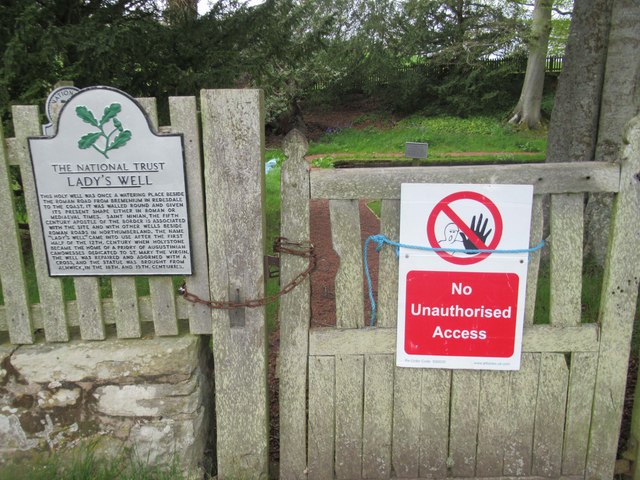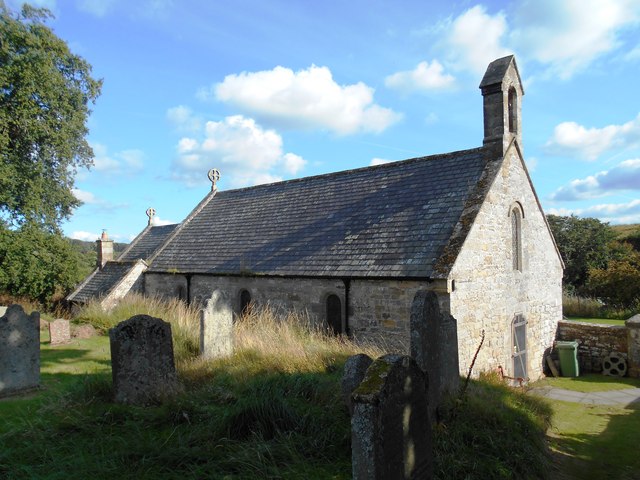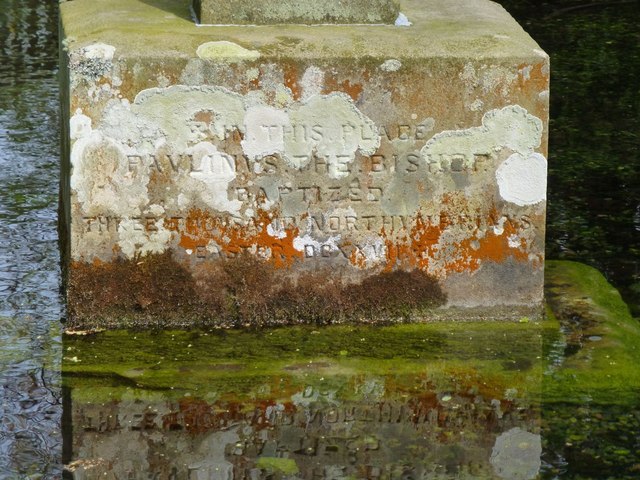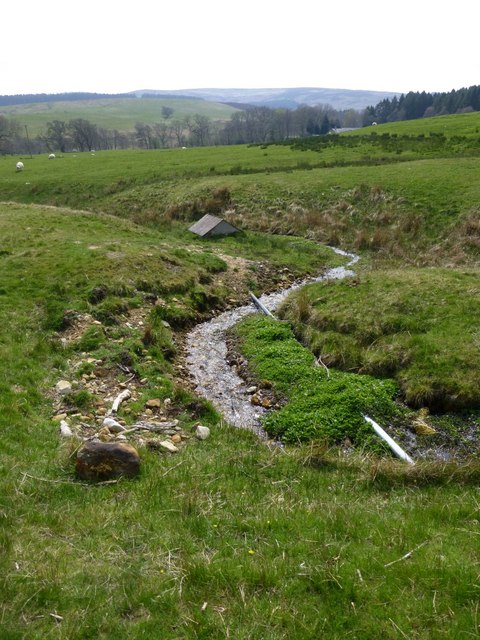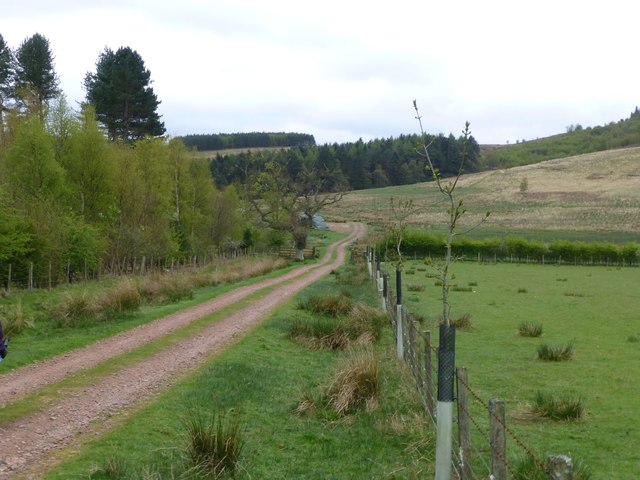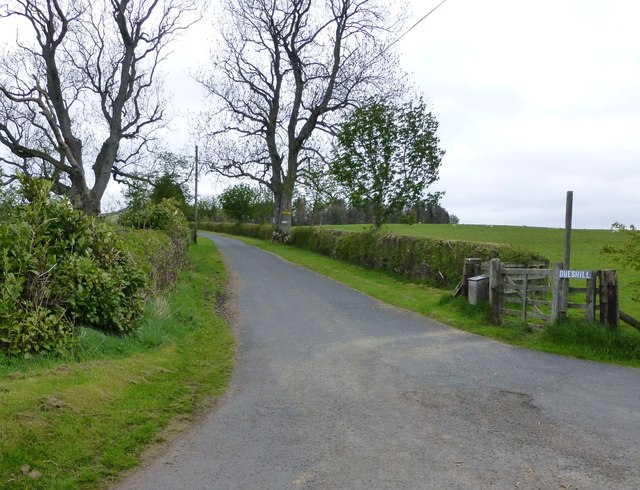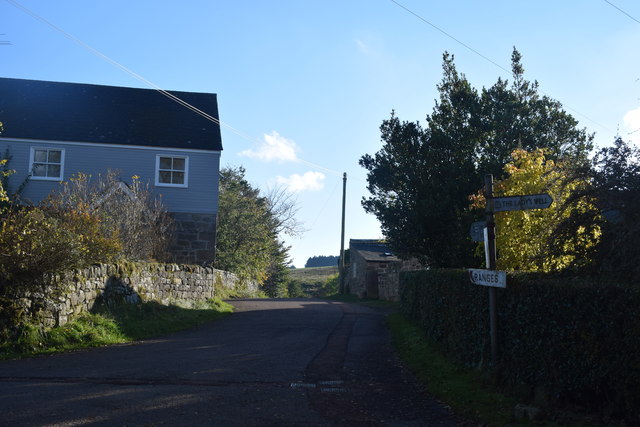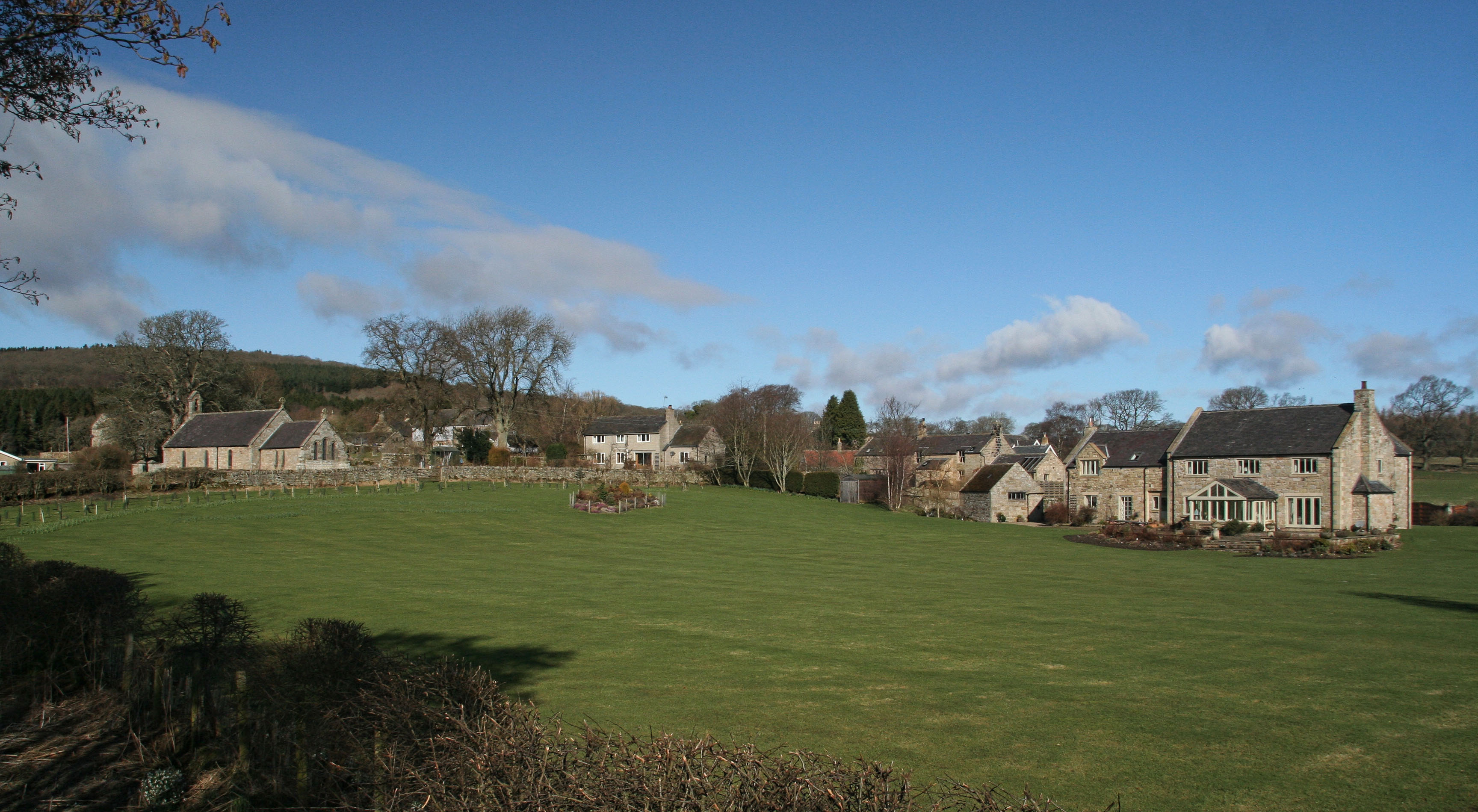Farnham Strip
Wood, Forest in Northumberland
England
Farnham Strip

Farnham Strip, located in Northumberland, England, is a picturesque woodland area known for its rich flora and fauna. Situated within the wider Northumberland National Park, the strip covers a vast expanse of land, providing a haven for nature enthusiasts and outdoor adventurers alike.
The woodland landscape of Farnham Strip is dominated by a mix of deciduous and coniferous trees, including oak, beech, birch, and pine, creating a diverse and vibrant forest ecosystem. The dense canopy provides a sheltered habitat for a variety of wildlife, such as red squirrels, roe deer, and a multitude of bird species, including woodpeckers and owls.
Traversing the woodland, visitors can enjoy a network of well-maintained trails and footpaths, allowing for leisurely walks or more challenging hikes. The paths wind through the forest, leading to tranquil spots, hidden clearings, and breathtaking viewpoints, offering visitors a chance to immerse themselves in the natural beauty of the area.
Farnham Strip is also home to a number of historical features, including remnants of ancient settlements, such as Bronze Age burial mounds and Iron Age hillforts. These archaeological sites provide insight into the region's rich cultural heritage, attracting history enthusiasts and researchers.
The strip benefits from its location within the Northumberland National Park, a designated area of outstanding natural beauty. This ensures the preservation and protection of the woodland, allowing visitors to experience the tranquility and serenity of the forest in its purest form.
Overall, Farnham Strip in Northumberland offers a captivating blend of natural beauty, diverse wildlife, and historical significance, making it an ideal destination for nature lovers, hikers, and history enthusiasts seeking an escape into the heart of the woodlands.
If you have any feedback on the listing, please let us know in the comments section below.
Farnham Strip Images
Images are sourced within 2km of 55.316586/-2.049258 or Grid Reference NT9602. Thanks to Geograph Open Source API. All images are credited.
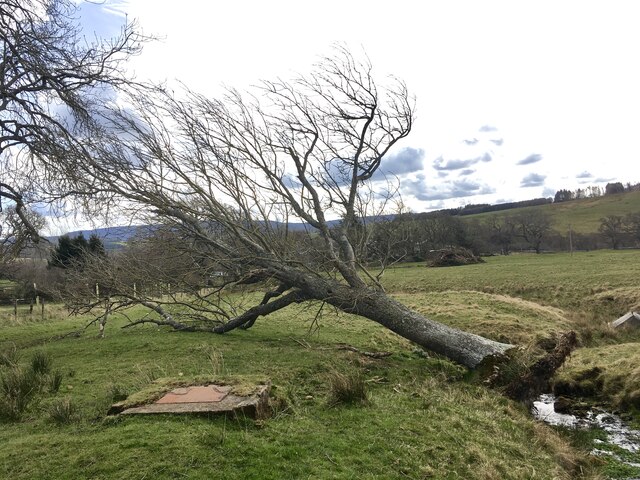

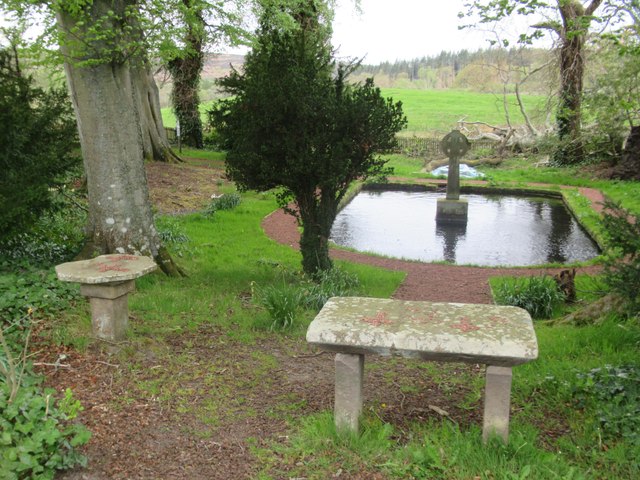
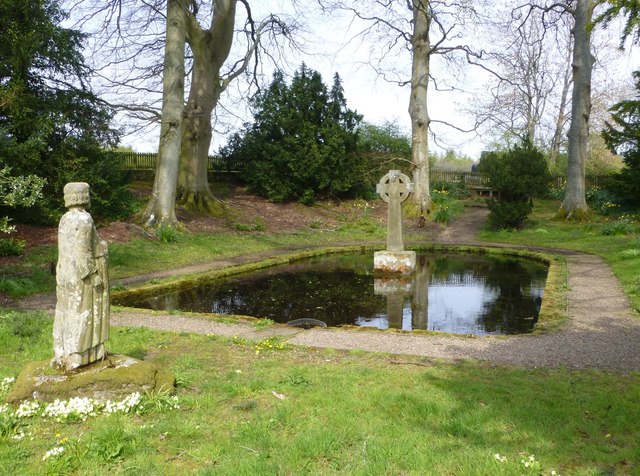
Farnham Strip is located at Grid Ref: NT9602 (Lat: 55.316586, Lng: -2.049258)
Unitary Authority: Northumberland
Police Authority: Northumbria
What 3 Words
///unpacked.error.rocks. Near Rothbury, Northumberland
Nearby Locations
Related Wikis
Holystone, Northumberland
Holystone is a small village and former civil parish, now in the parish of Harbottle, in Northumberland, England. It lies on the edge of (and just within...
Sharperton
Sharperton is a small settlement and former civil parish, now in the parish of Harbottle, in Northumberland, England. Sharperton is the site of a deserted...
Hepple
Hepple is a small village and parish in rural Northumberland, 4 miles (6.4 km) west of Rothbury, which provides most of its local services. It is on the...
Reivers Way
The Reivers Way is a long-distance footpath in Northumberland, passing through the Northumberland National Park and the Cheviot Hills. Totalling 242 kilometres...
Harbottle
Harbottle is a village and civil parish in Northumberland, England about 10 miles (16 km) south-east of the Scottish border, in the southeastern part of...
Burradon, Northumberland
Burradon is a village and former civil parish, now in the parish of Netherton, in Northumberland, England. It is about 14 miles (23 km) to the south-west...
Harbottle Castle
Harbottle Castle is a ruined medieval castle situated at the west end of the village of Harbottle, Northumberland, England, 9 miles (14 km) west-north...
High Cove
High Cove is a major slip feature to the west of Grasslees Burn in the Simonside Hills, Northumberland, England. It contains several small rifts and caves...
Nearby Amenities
Located within 500m of 55.316586,-2.049258Have you been to Farnham Strip?
Leave your review of Farnham Strip below (or comments, questions and feedback).

